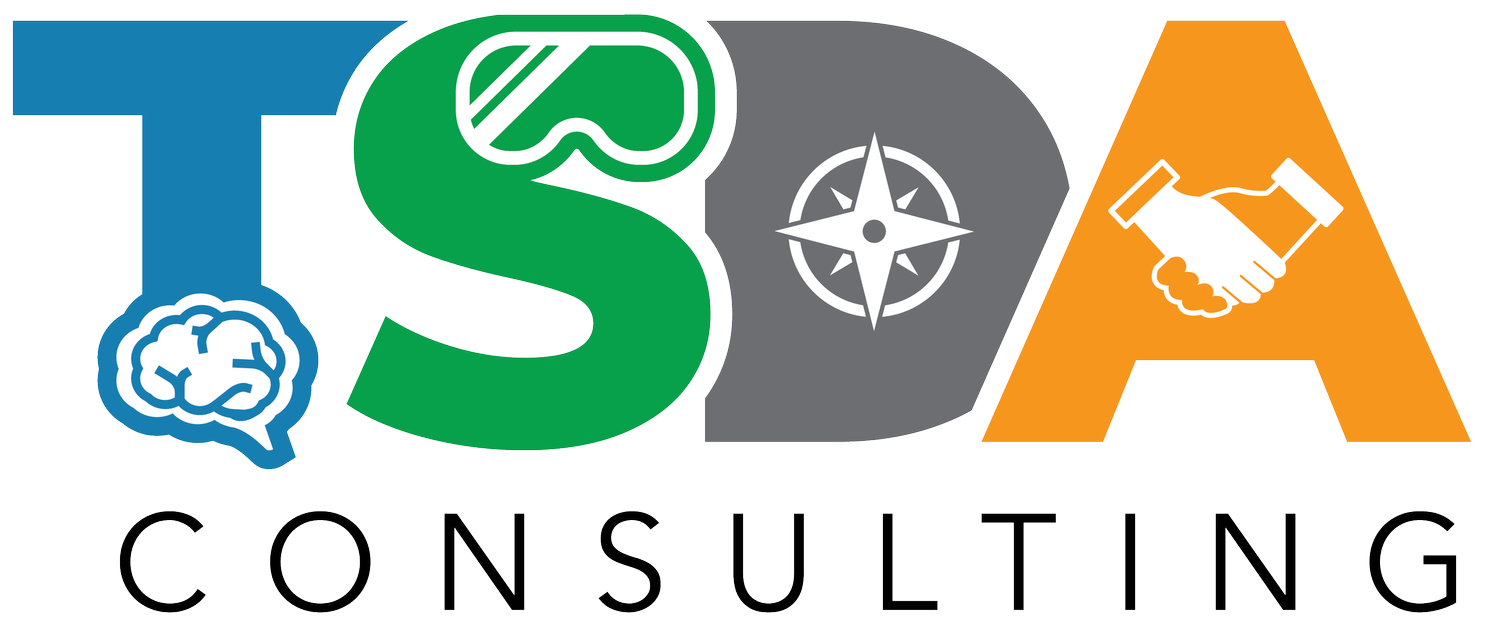Tracking Engagement
Engagement can lead to empathy and it can begin with safety. From a previous post, the idea was to create easy to manage employee to supervisor conversations about safety. The question was “what safety improvements need to happen in your area?” This question can be logged in something as simple as a shared spreadsheet. The metrics that are created are both interesting and actionable.
The first metric is items that are closed by the supervisor. This is my favorite metric. It shows the power of a good supervisor. This can be a key differentiator when it comes to merit or bonus pay. Those supervisors that have lots of contacts and lots of closure show a strong correlation between safety and good leadership. It is not about preventing OSHA recordability or first aid incidents. It is about making the workplace safer and more employee useable
The second metric is items that are turned into work orders. These are the items that need some additional maintenance or facilities attention. These should also be tracked to some form of days open and days to close. The data is a powerful statement of how important the safety of the people is.
The third metric is items that need capital assistance. These are the big projects that take more money, resources, and time. Sometimes, these are the projects that need a shutdown to be completed. Showing those open items and tentative dates show employees that there are methods and effort going into keeping them safe
The fourth metric is open unaddressed items. These are sometimes cultural or difficult items to address. Sometimes, they are the items that simply get a “no” assigned to them. This set of metrics is the best one for escalation to a senior management team. These are the actions that need a higher level of focus or a plan of action that can be taken.
Overall, having the data is not enough. This aggregate data should be public. The team should see the items that are being worked on and those items that have been completed. From where I have sat as an HSE Manager, it is data like this that allows me to say that we are listening and that we do care. The beginning of engagement is also the beginning of empathy toward our team.
